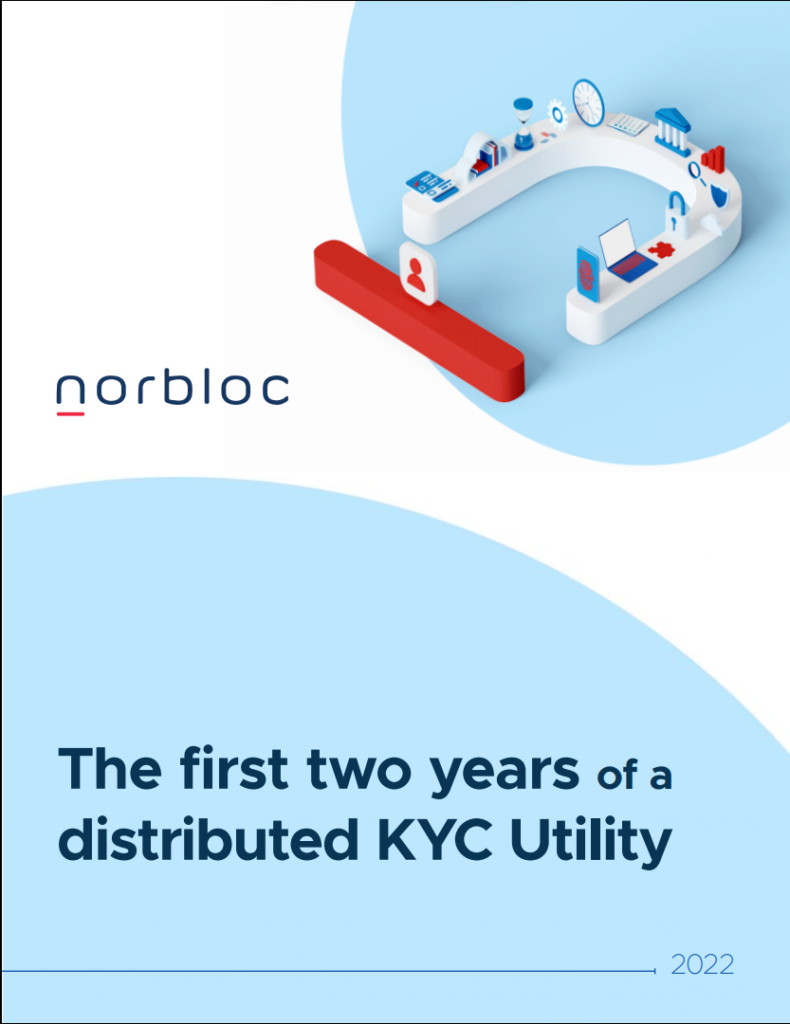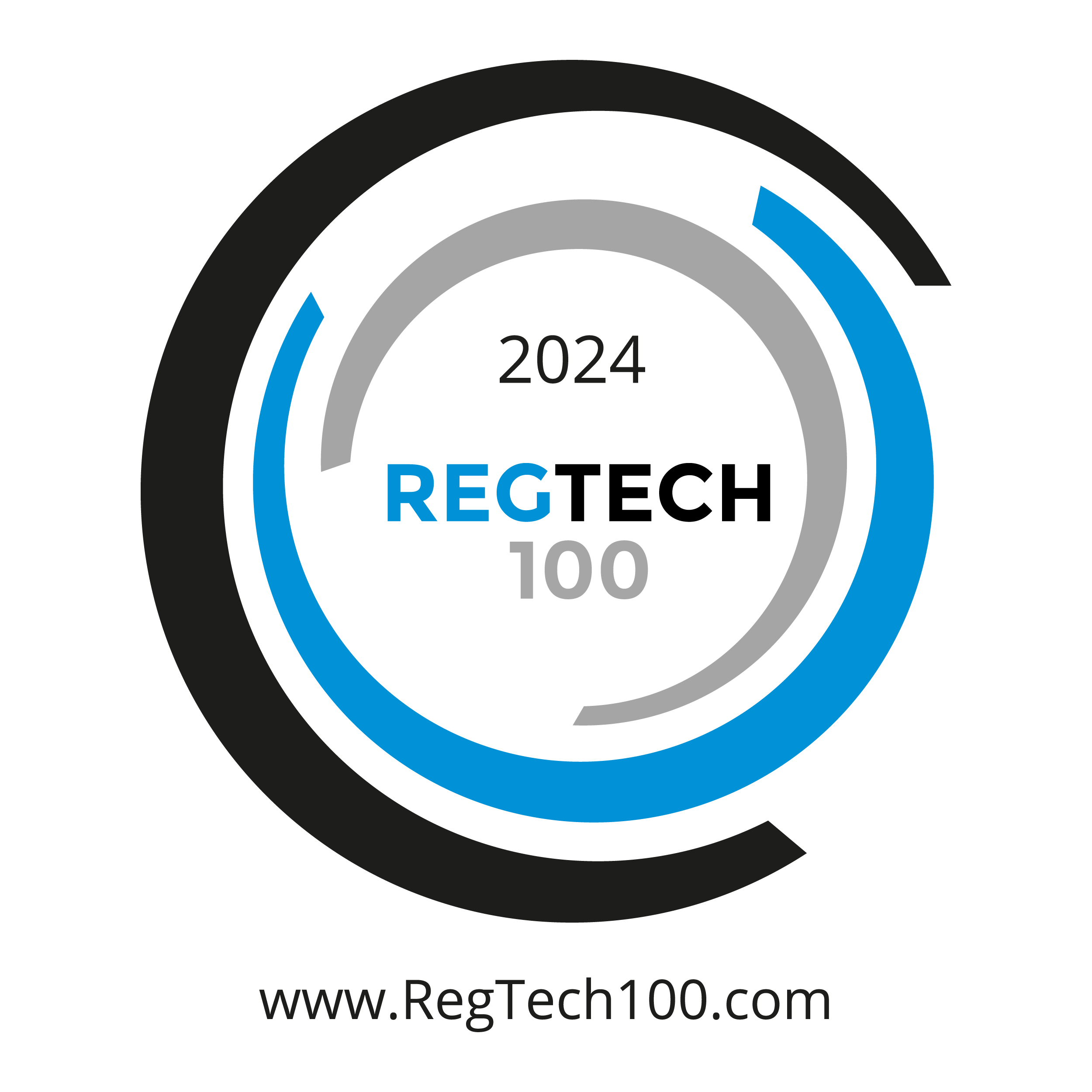Know-Your-Customer (KYC) in Finance is as popular as Mortgage-Backed Securities were in 2009. It causes enormous pains to customers, financial institutions, and regulators alike. It is almost impressive how an operation theoretically so simple can be so universally disliked. At the same time, it is that operation that is the sole gatekeeper to financial ecosystems, preventing malicious parties from entering a functioning regulated economy. Recent money-laundering scandals have brought KYC to the foreground of regulators’ focus and have led banks to invest heavily in that process.
The size of challenge can only be fully understood looking into the fines levied globally by regulators in 2021; USD 5.4bn. While initial investments were made largely on crude resource augmentation, in the last five years novel approaches were developed that aimed to fully digitize the process and eventually remove duplication of efforts across participants.
The KYC process is one virtually all adults in the developed world have gone through at least once in the last five years, but few have noticed! Although it is seemingly straightforward, it is riddled with costly inefficiencies:
- lack of data harmonization
- lack of digitization
- duplication of efforts
—
The KYC Utility
The KYC Utility is a concept that has gained significant traction in the last 6-8 years. norbloc research indicates that there have been at least 27 pilots of KYC utilities around the world, 18 on centralized and 9 on decentralized architectures.
Out of the 27 pilots, a number moved to production implementations, largely in centralized architectures run by companies such as SWIFT (Corporate Registry) and Thomson Reuters (OrgID) or by consortium of banks (Nordic KYC Utility – Invidem, which is now winding down).
norbloc delivered six out of the nine decentralized Utility pilots as well as advised on one of the remaining three. The decentralized model has been gaining traction more recently and only with the advent of DLT platforms.
—
Decentralized Utility
Unlike centralized counterparts, this type of Utility is not a separate operating entity; instead, a network is created between financial institutions that share validated customer data between them at the request of the client.
For example, if a customer onboards Bank A, then that bank creates a KYC file for them. If they want to onboard also Bank B, then they “push” that newly created file to Bank B, which now receives the customer data as it did previously but also accompanied by the validation stamp of Bank A.
Essentially, banks provide validation services to each other instead of a validator providing that service to them (Note: a decentralized Utility can also include a validator participant that banks can use to validate customer data selectively).
Decentralized and Centralized utilities have similarities in that there is a need to create a standardized KYC dictionary that is shared by all participants and participants need to align on the validation process that is followed. Additionally, the more institutions participate, the higher the value of the services offered to ecosystem entities and their customers.
However, there are also differences that have so far led to the decentralized KYC Utility being more successful than centralized efforts in mutualizing compliance.
norbloc powers the first successful distributed KYC Utility in the world which started operating in February 2020 and now that the benefits of such an endeavor are no longer theoretical, they are known and tangible, norbloc shares their key findings from a practical perspective.
Download the report to read further:






